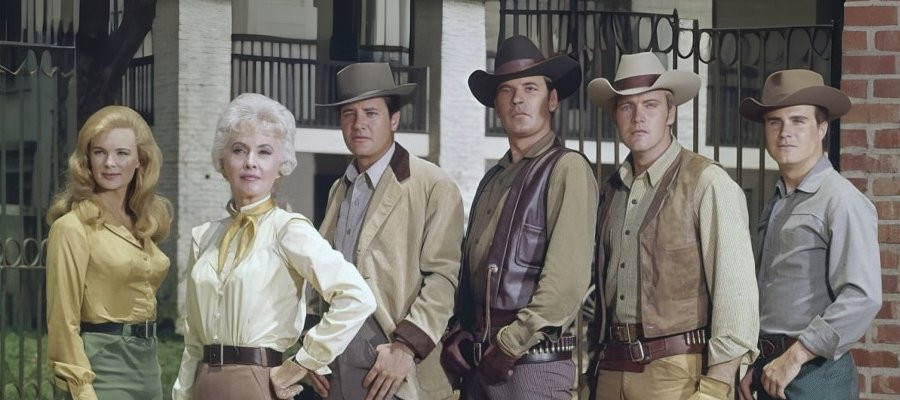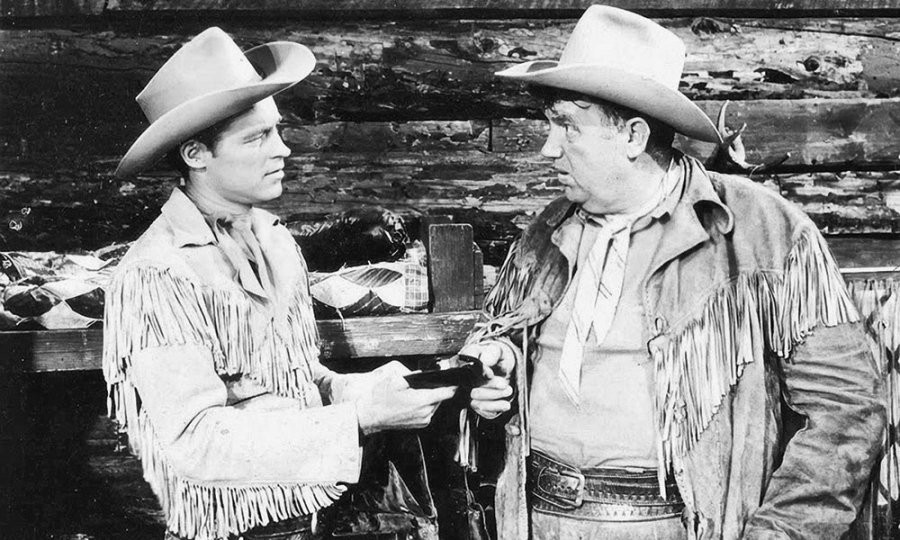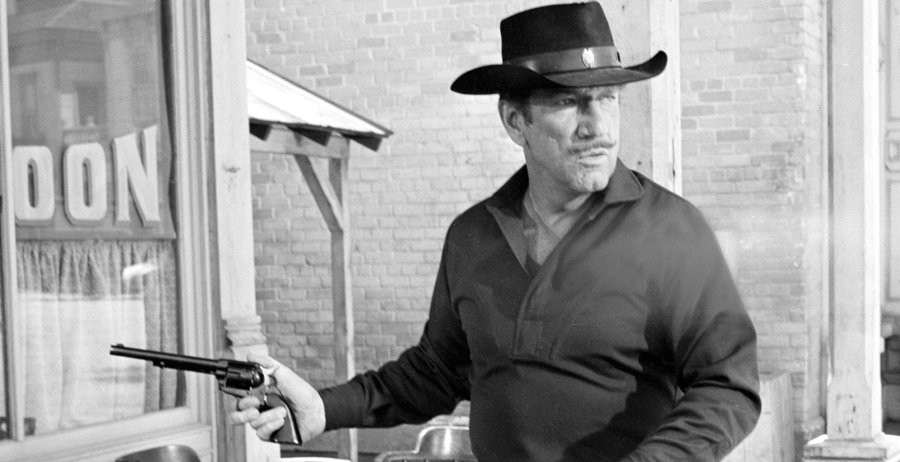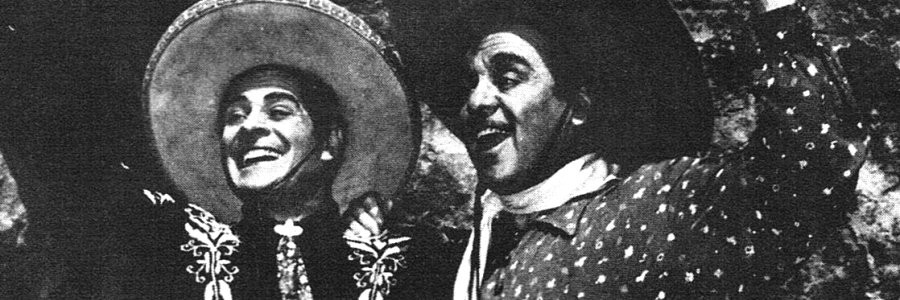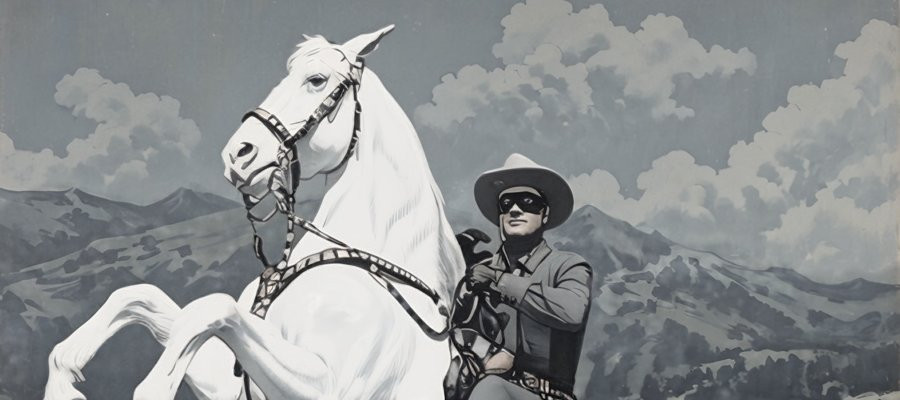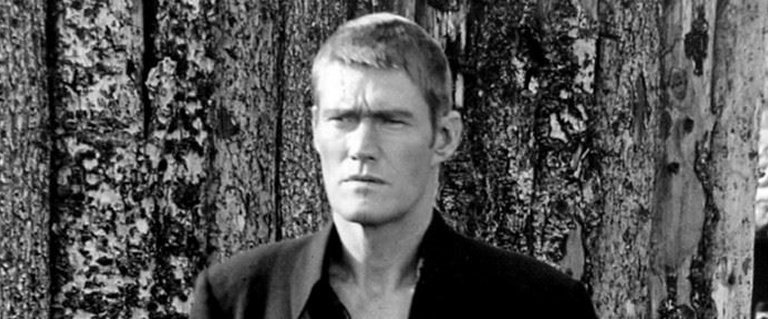
Hopalong Cassidy
1949 - United StatesA gentleman cowboy in black – the birth of the television Western hero
Originally created by author Clarence E. Mulford, the literary version of Bill "Hopalong" Cassidy was a far cry from the noble screen hero generations would come to know. In the early pulp novels, Cassidy was a rough, hard-drinking, foul-mouthed cowboy, as tough as the frontier he inhabited. His nickname, "Hopalong", stemmed from a leg wound that left him with a distinctive limp. But when the character made the leap to the silver screen, he underwent a remarkable transformation.
In the 1935 film Hop-Along Cassidy, actor William Boyd was initially offered the role of sidekick Red Connors. Sensing an opportunity, Boyd boldly lobbied for the lead role—and got it. The Cassidy he portrayed was a world apart from Mulford's original creation: calm, articulate, morally upright, and teetotal. This version of Hopalong didn’t smoke, swear or drink anything stronger than sarsaparilla, and always gave the villain the first punch. He became the archetype of the gentleman cowboy, guided by a strong sense of justice and fairness.
The cinematic run of Hopalong Cassidy proved hugely popular, ultimately comprising 66 films before concluding in 1947. Boyd, who had taken on production duties for the final dozen instalments, was far from finished with the character. Sensing the potential of the emerging medium of television, he made the shrewd decision to purchase the rights to the character, books, and films—at considerable personal expense. The $350,000 investment, however, paid off handsomely.
In 1949, Boyd began releasing the older films to television, and almost overnight, Hopalong Cassidy became a sensation as the first Western television series. By 1950, Boyd was reportedly earning $800,000 from TV broadcasts, merchandise, and endorsements. The Hopalong brand extended far beyond the screen—over 100 companies licensed products bearing Cassidy’s image, from dinnerware and roller skates to soap, watches, and jackknives. Notably, Hoppy became the first character to appear on a child’s lunchbox, setting a precedent for generations of branded school kits to come.
The success of the series sparked a wave of Westerns aimed at younger audiences, including The Gene Autry Show and The Roy Rogers Show. When all of Boyd’s original films had aired, a new batch of made-for-TV episodes was produced between 1952 and 1954. Cassidy, still the dignified owner of the Bar 20 Ranch, rode across the plains atop his white-maned horse, Topper. Dressed distinctively in all black with shock-white hair, he was a striking figure. His loyal companion Red Connors remained at his side, providing comic relief and a human touch.
In 2011, the complete television series was released on DVD by Timeless Media Group, with all 52 episodes restored and remastered—a fitting tribute to a show that helped shape the television landscape.
Hopalong Cassidy may have started life in the pulps as a grizzled gunslinger, but William Boyd’s reimagining gave the American West a new kind of hero—one who preferred restraint to recklessness and virtue over violence. The programme’s blend of action, honour, and nostalgia ensured it not only defined a genre but also captured the hearts of a post-war generation of young viewers.
Seen this show? How do you rate it?
Seen this show? How do you rate it?
Published on December 21st, 2018. Written by Skip Wilson Jr. for Television Heaven.





